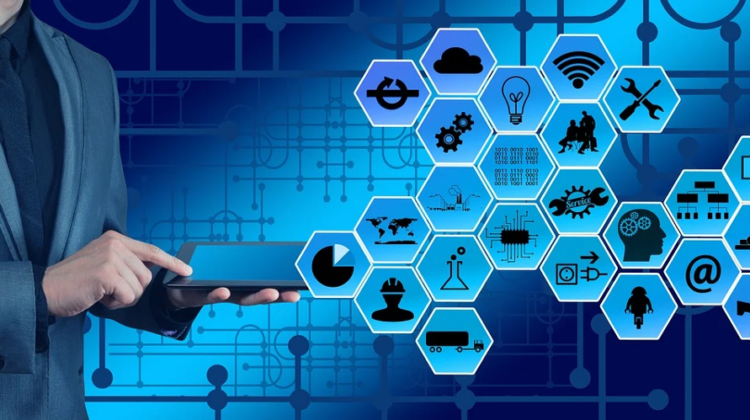
The world has seen a significant fallback because of the covid 19 pandemic which started a year back. With closed offices and businesses, people turned to work from home platforms, advanced cloud services, and many more IT tools. All thanks to the developers of these technologies that didn’t allow anyone to stagnate. Here are the top 5 trending technologies in the field of Information and Communication that you should definitely know to stay updated.
1. CUSTOMER DATA PLATFORMS (CDP)
A Customer Data Platform or CDP is software that accumulates customer data from multiple sources in a systematic manner. These are used by other software systems and marketing entities. The CDP Institute defines it as “a packaged software that creates a persistent, unified customer database that is accessible to other systems.” Customer Data Platforms build customer profiles by integrating data from a variety of first, second, and third-party sources. This data includes web forms, emails, social media activity, etc. CDPs allow companies to be more competitive and agile and add on to the operational efficiency.
2. INTERNET OF BEHAVIORS (IOB)
Everyone knows IoT — Internet of Things, which connects electronic devices to the internet. Smartphones, Cars, fitness watches are just a few examples. However, what could be done with the data collected through IoT? Here’s where the Internet of Behaviour comes into the picture. IOB is nothing but analyzing customer data from a psychological perspective and provides new approaches to improve user experience. In its recent strategic predictions for 2021, Gartner announced that the web of Behavior are some things we’ll become increasingly conscious of in our daily lives and work. It combines existing technologies that focus on the individual directly like facial recognition, demography, and connects the resulting data to associated behavioral events.
3. HYBRID CLOUD
A hybrid cloud may be a cloud computing space that uses a mix of on-premises, private cloud and, public cloud services. This typically involves a connection from an on-premises data center to a public cloud. This concept of the hybrid cloud allows companies to deploy the most confidential workloads in an on-premises cloud and the less significant data on a public cloud. And hence public and private data organization is efficient. The biggest advantage of a hybrid cloud is the flexibility it provides to the users. Workloads could be migrated between private and public cloud as per the needs of the organization. This grants companies to meet regulatory requirements and still benefit from the elasticity of the cloud. Adding to this, a hybrid cloud is cost-effective due to the variable expenses of the public cloud.
4. ROBOTIC PROCESS AUTOMATION (RPA)
Robotic Process Automation (RPA) is a software technology that is used to automate digital activities. This software provides the freedom to create “bots” which are nothing but digital robots. Bots have the ability to learn, mimic and then perform business tasks. Software bots can interact with any application or system the same way as humans do, except that RPA bots can operate around the clock, nonstop, much faster, and with utmost reliability and precision. Some of the benefits of RPA include cost reduction, increased accuracy and speed, customer satisfaction, and many more. The highlighting feature of RPA is it reduces human involvement which sets them free to execute various value-added tasks.
5. EDGE COMPUTING
Edge computing is a distributed, open IT architecture that features decentralized processing power, enabling mobile computing and Internet of Things (IoT) technologies. In edge computing, data is processed by the device itself or by a local computer or server, rather than being transmitted to a data center or cloud. Thus bringing the capabilities of a remote-based cloud close to the user and prevents data journey. This appealing approach supports companies to overcome the limitations of traditional cloud-based systems. Traditional cloud networks are highly centralized, with data being gathered on the outermost edges and transmitted back to the main servers for processing. But today due to the advent of IoT devices, data collection, storage, and processing have become powerful as never before. This promoted the development of Edge computing networks. The benefits of Edge computing consist of high speed, better reliability, and reduced latency. Companies possess expansion opportunities through a combination of IoT and Edge data networks.
These are undoubtedly the emerging technologies of the present which hold tremendous opportunities within the IT sector for all. Hope you were enlightened and enthralled by these advancements and are eager to know more.
